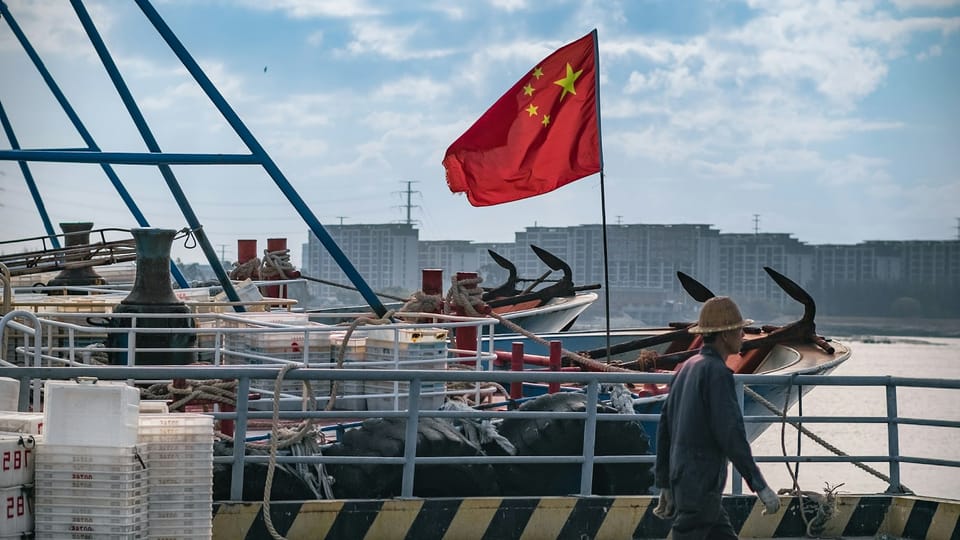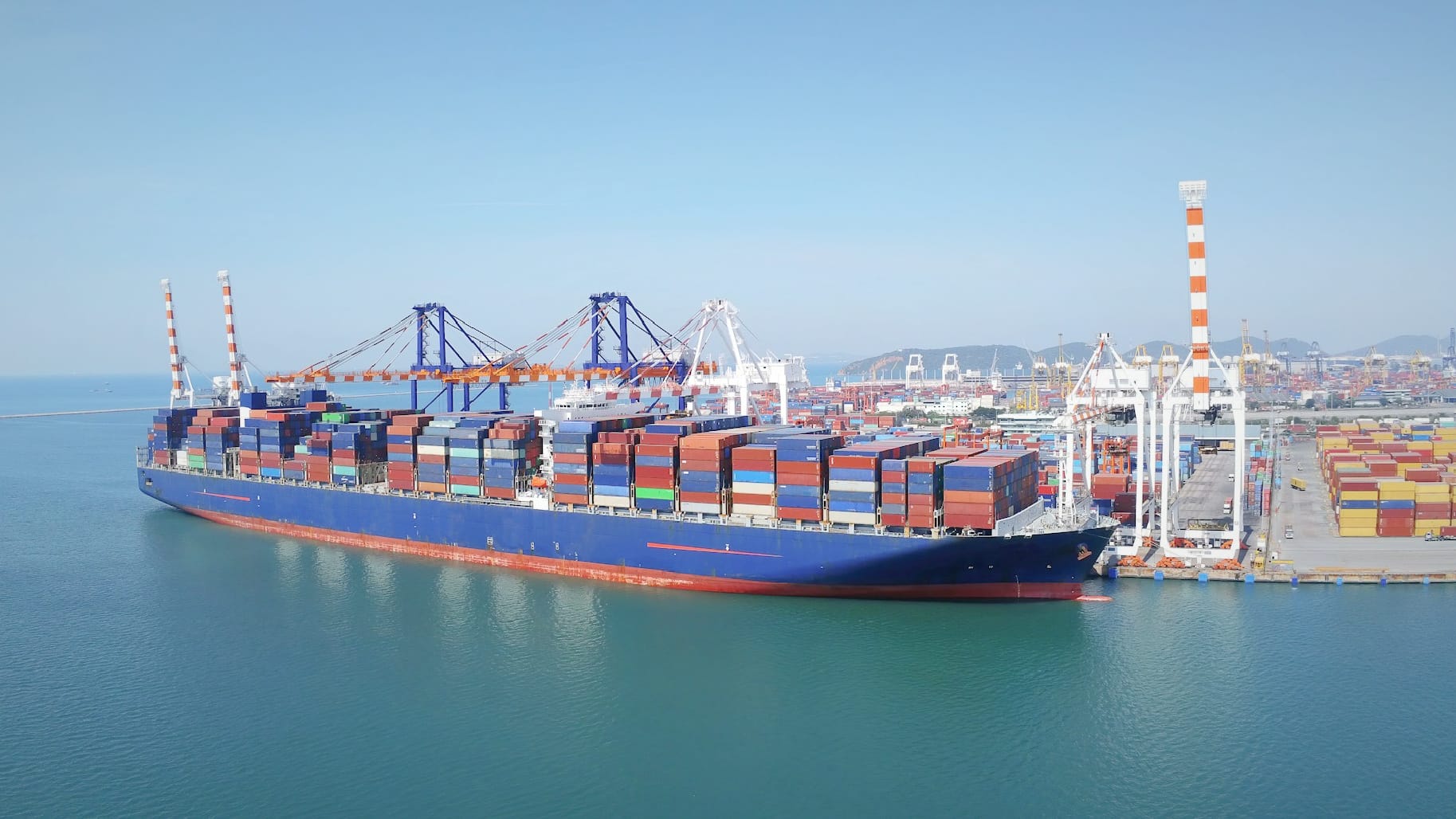What doesn’t kill them

It’s a conflict that’s been building for months.
U.S. President Donald Trump called April 2, 2025, “Liberation Day.” He raised tariffs worldwide to hit back at countries he said had “ripped off” America—with one country in particular in his sights: the People’s Republic of China. By April 10, U.S. tariffs had reached 125 percent on Chinese goods. Beijing imposed its own retaliatory tariffs.
Both countries pulled back from a full-scale trade war after negotiations, and by May had lowered tariffs—the U.S. to 30 percent, China to 10 percent. But the struggle for global economic primacy continues. The U.S. has imposed export restrictions on high-end semiconductor chips. In September, China’s market regulator announced an ongoing investigation into Nvidia, the American multinational that leads in chips for high-performance computing. Nvidia, the regulator said, had breached Chinese anti-monopoly laws.
Earlier this month, Trump said the U.S. government will support American farmers who’ve seen China reduce imports, especially of soybeans. “We’ve made so much money on Tariffs, that we are going to take a small portion of that money, and help our Farmers. I WILL NEVER LET OUR FARMERS DOWN!”
Then on Friday, October 10, came a shock escalation. China had tightened export controls on rare earth minerals—critical for high-tech industries, from semiconductors to defense—and Trump responded by announcing an additional 100 percent tariff on Chinese goods, on top of the existing 30 percent. That brings total U.S. tariffs on China to roughly 130 percent, close to the “Liberation Day” levels. Trump also threatened export controls on “any and all critical software” starting November 1. Stock markets plunged—the S&P 500 dropped 2.7 percent, its worst day since April’s trade war chaos. Trump suggested he might cancel his planned meeting with Chinese President Xi Jinping later this month. On Sunday, China’s Commerce Ministry said Beijing is “not afraid of” a trade war.
China is clearly retaliating. But what’s its strategy?
Kyle Chan is a postdoctoral research associate and lecturer in the Department of Sociology at Princeton University. Chan says Beijing views the United States as the only rival capable of thwarting its rise, and it’s acting accordingly. Chinese exports now increasingly target emerging markets in the Global South to reduce the leverage Washington can bring to bear by restricting Chinese companies’ access to the American market. Meanwhile, Chinese political leaders have been reaching out to other Asian countries, hoping to build the kind of international partnerships the U.S. already has. Washington, Chan says, weighs heavily on Beijing’s calculations.
The view from the White House is that China is weak. And there’s something to that. This is an inconvenient time for China to face American trade restrictions: China’s still reeling from the slow-motion burst of its property bubble, after real estate had been a key driver of growth and employment. Now, the country’s high growth rates are history. But even if China is reeling, Chan says, it’s not as weak as some Trump officials think. And by underestimating Chinese innovation, Washington might end up making it stronger …
Gustav Jönsson: What is China’s global trade strategy?






